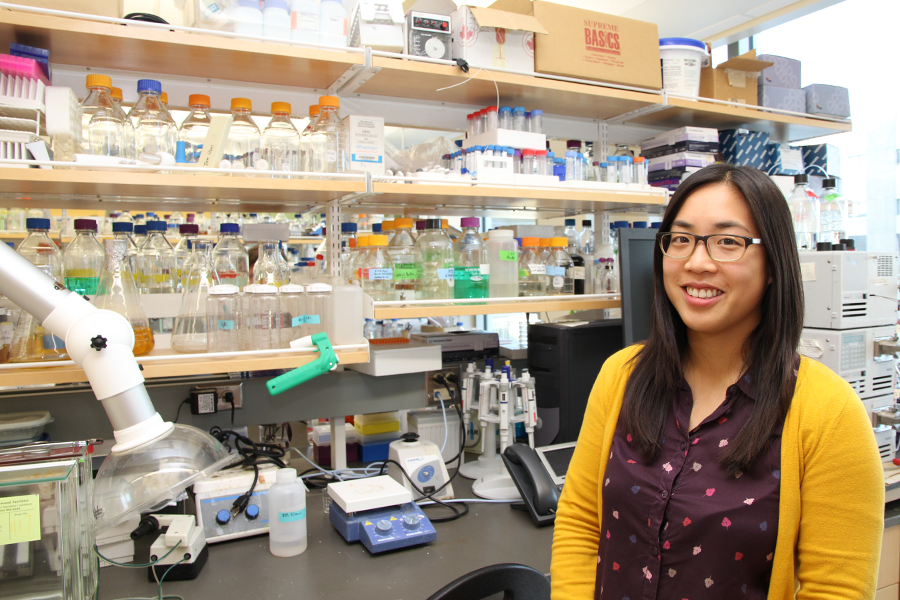
Ion the prize
The way research is done in the health sciences is evolving. No longer are primary investigators (PIs) and their research staff assigned to one lab, siloed from others outside his or her subject area.
By Lesley PorterInstead, research clusters are becoming the norm, which encourage collaboration across disciplines. This is evident in the D-wing of the Health Sciences Building, where large, floor-to-ceiling open lab space supports modern research activities.
"Over the last few years, we've moved several PIs into the cluster labs instead of PIs having their own labs," said Angela Seto, manager of the molecular design laboratory. With research ranging from cancer to mass spectrometry to cardiovascular health, "each cluster is organized based on their research interests. Even if people aren't in the same department or college, they're in the same physical area because their research overlaps."
Of course, having that many people in one space has its own set of challenges. "Some labs have six PIs, some have 20. It requires a central person to manage day-to-day things like equipment, training, and making sure everyone follows standard operating procedures and safety policies," added Seto, who has a master's degree in biology and plenty of prior lab experience under her belt. "That's my role, to make sure everything runs smoothly in the labs."
One part of her job she's particularly fond of is using the X-ray diffractometer. The machine, which is about the size of a small room, uses radiation to analyze various material sources, particularly delicate crystals.
"It's basically a pre-cursor to the synchrotron," she said. "It's neat to see it up and running."

